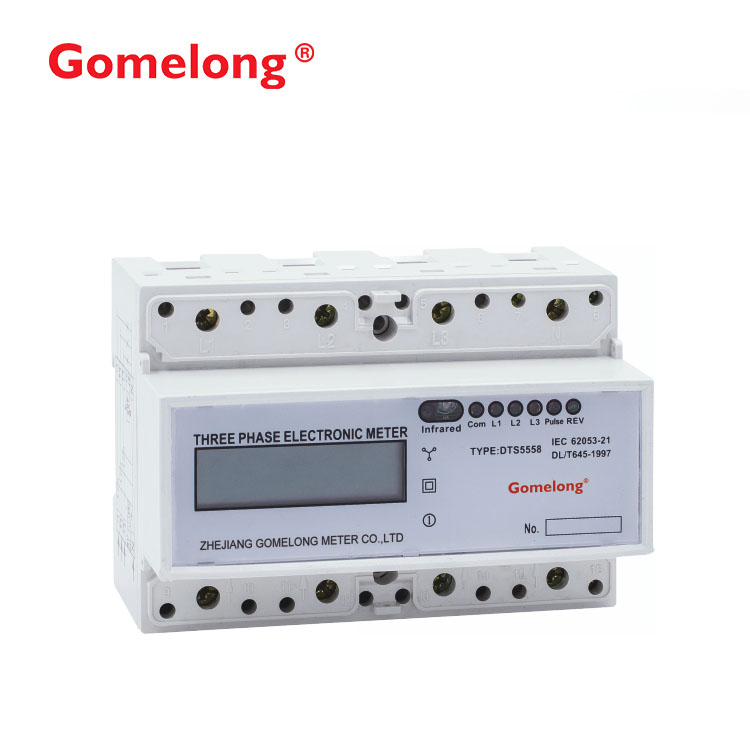Empowering Energy Management: The 3-Phase 230V Remote Watt Meter
2023-10-18
Introduction
In today's world, efficient energy management is a critical aspect of sustainability, cost-effectiveness, and overall operational excellence. The 3-Phase 230V Remote Watt Meter is a powerful tool designed to provide precise measurement and monitoring of electrical energy consumption in commercial and industrial settings. In this blog, we will delve into the significance of this remote watt meter, its features, and its impact on energy efficiency.
Understanding the 3-Phase 230V Remote Watt Meter
The 3-Phase 230V Remote Watt Meter is an advanced metering device used to measure electrical power consumption in three-phase electrical systems operating at 230 volts. It is a key component of energy management systems, allowing businesses and industries to monitor, control, and optimize their energy usage.
Key Features and Benefits
1. Accuracy: Remote watt meters are renowned for their exceptional accuracy in measuring electrical energy consumption. They provide precise data that enables organizations to make informed decisions regarding energy usage and optimization.
2. Real-Time Monitoring: One of the standout features of remote watt meters is their ability to provide real-time energy consumption data. This instant feedback empowers businesses to identify energy wastage, inefficiencies, and abnormal consumption patterns promptly.
3. Remote Access: The term "remote" in the watt meter's name is not arbitrary. These meters can be accessed and monitored remotely, often via the internet or dedicated software platforms. This remote accessibility facilitates convenient data collection and analysis without the need for physical presence at the metering location.
4. Data Logging: Most 3-Phase 230V Remote Watt Meters come equipped with data logging capabilities. This means they can record historical energy consumption data, enabling businesses to track consumption trends over time and plan accordingly.
5. Cost Savings: By providing insights into energy consumption patterns, remote watt meters empower organizations to identify areas where energy can be conserved or optimized. This leads to cost savings and reduced energy bills, contributing to the bottom line.
6. Environmental Impact: Efficient energy management is not only about cost savings but also about reducing the environmental footprint. The data provided by remote watt meters aids in the reduction of energy waste and lowers greenhouse gas emissions.
Applications
The 3-Phase 230V Remote Watt Meter finds applications in various industries and sectors, including:
1. Manufacturing: Industries with heavy machinery and equipment rely on these meters to monitor energy usage and optimize production processes.
2. Commercial Buildings: Office complexes, shopping centers, and hotels use remote watt meters to manage HVAC systems, lighting, and other energy-consuming systems.
3. Renewable Energy: Remote watt meters are also employed in renewable energy installations, such as solar and wind farms, to monitor power generation and grid interactions.
4. Data Centers: Data centers, which are notorious energy consumers, utilize these meters to manage energy usage, cooling systems, and backup power supplies efficiently.
Conclusion
The 3-Phase 230V Remote Watt Meter is an indispensable tool for organizations committed to efficient energy management and sustainability. Its precision, real-time monitoring, remote accessibility, data logging, cost-saving potential, and positive environmental impact make it a vital component of modern energy management systems. As businesses and industries strive to reduce energy consumption and optimize their operations, the remote watt meter serves as a powerful ally in the pursuit of energy efficiency and a sustainable future.



